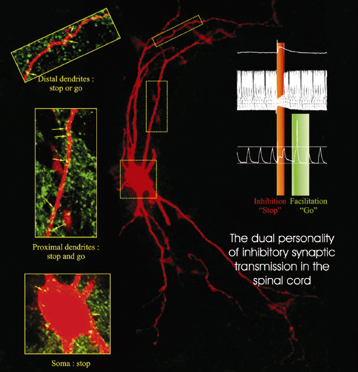
The inspiration for the above picture (taken, BTW, from a random blog page that at least gets most of the facts right) came while waiting in line at a restaurant here in Provincetown. They had several images posted, including the one above, showing mucho interspecies friendliness. I guess it fits with the love-everybody aesthetic of this place…
Anyway, the general story posted with the picture went something like the following:
“In a zoo in California, a mother tiger gave birth to a rare set of triplet tiger cubs. Unfortunately, due to complications in the pregnancy, the cubs were born prematurely and due to their tiny size, they died shortly after birth.
“The mother tiger after recovering from the delivery, suddenly started to decline in health, although physically she was fine. The veterinarians felt that the loss of her litter had caused the tigress to fall into a depression. The doctors decided that if the tigress could surrogate another mother’s cubs, perhaps she would improve.
“After checking with many other zoos across the country, the depressing news was that there were no tiger cubs of the right age to introduce to the mourning mother. The veterinarians decided to try something that had never been tried in a zoo environment. Sometimes a mother of one species will take on the care of a different species. The only ‘orphans’ that could be found quickly, were a litter of weaner pigs. The zoo keepers and vets wrapped the piglets in tiger skin and placed the babies around the mother tiger.
“Would they become cubs or pork chops?”
Of course it takes place in California! Always California… Anyway, I’d never seen the email with these images before, but evidently, it’s been around a while. And as with anything that looks mildly suspicious like this, it pays to check with Snopes. Turns out the pigs and tigers are real, but the whole thing has a more mundane aspect: the photos come from the Shriracha Tiger Zoo just outside Bangkok, where the piglet-tiger combos serve a sideshow niche. The Snopes page goes on to list a darker side to the whole venture, however.
So, at the level of interspecies relations, the pictures aren’t a hoax, and as such, I offer them up for your enjoyment and edification. “The wolf also shall dwell with the lamb, and the tiger shall lie down with the piglet; and the calf and the young lion and the fatling together; and a little child shall lead them.” Or something like that. Great. Where’s our peace?
BTW, I’ve had terrible connectivity here in P-Town, which is why I haven’t been posting. Yeah, right. Back in the Bay Area on Monday!









